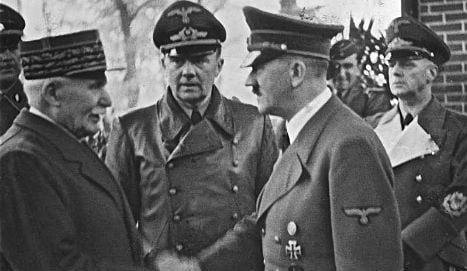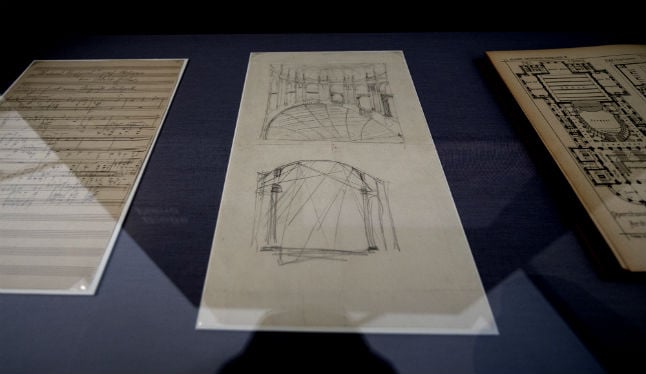Starting on Monday, the archives can be “freely consulted” by the civil service, citizens and researchers “subject to the declassification of documents covered by national defence secrecy rules,” according to a decree.
The Vichy regime, led by World War I hero Philippe Petain, collaborated with the invading German army from 1940-1944.
France has a painful relationship with this portion of its past, when the government helped the Nazis deport 76,000 Jews from its territory during the war.
The archives include documents from the foreign, justice and interior ministries as well as from France's provisional government after liberation.
Documents dating from as late as December 31, 1960 are also covered by the new rule, as long as the files relate to matters that happened between September 1939 and May 1945.
Under the new rules, documents related to the prosecution of war criminals in France, Germany and Austria as well as cases taken before military and maritime tribunals.
It will be up to top defence and security heads to decide whether classified documents in the archive will be made public.



 Please whitelist us to continue reading.
Please whitelist us to continue reading.